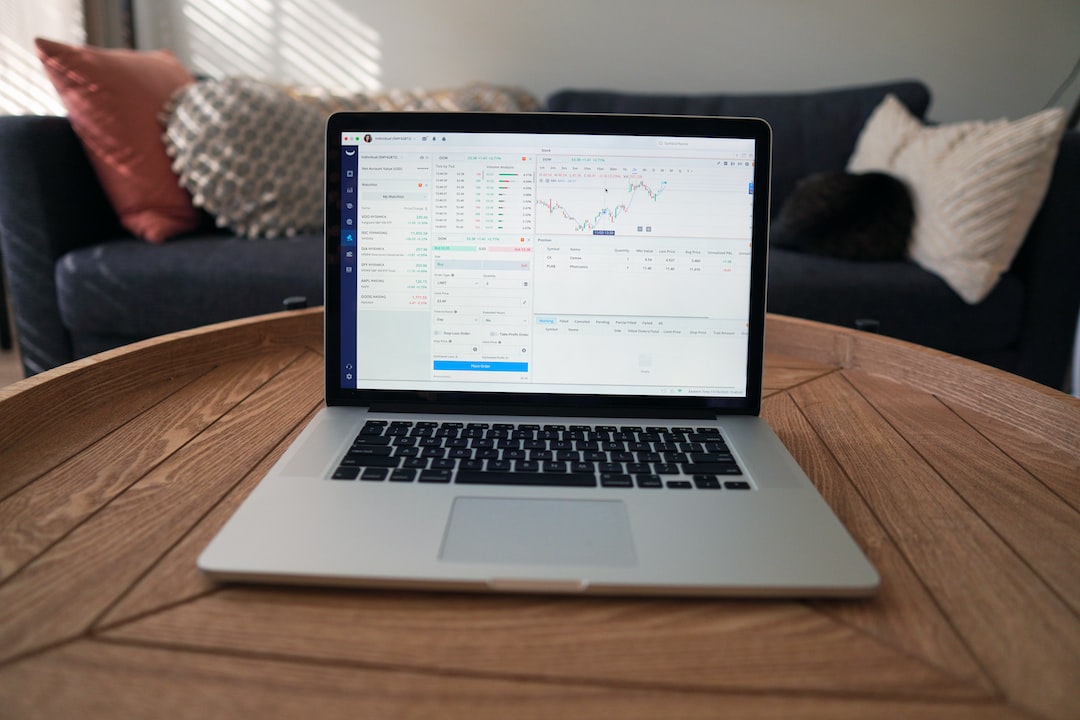The foreign exchange market, commonly known as Forex, is the world’s largest and most liquid financial market. It is where currencies are traded against each other, with the aim of making a profit from the fluctuations in exchange rates. One of the fundamental concepts in Forex trading is the understanding of support and resistance levels. These levels are crucial in determining where a currency’s price is likely to move next.
Support and resistance levels are price points at which the market tends to stop moving in a particular direction and may reverse. A support level is a price level where buying pressure is strong enough to prevent the price from falling further. On the other hand, a resistance level is a price level where selling pressure is strong enough to prevent the price from rising further.
In Forex trading, support and resistance levels are depicted on price charts using horizontal lines. When the price approaches a support or resistance level, traders watch closely to see if the price breaks through or bounces back. If the price breaks through, it is considered a signal to buy or sell, depending on the direction of the breakout.
Now the question arises, why is support on the bottom and resistance on the top? The answer lies in the basic principles of supply and demand.
Support Levels
Support levels are typically found at the bottom of a price chart. These levels are formed when buyers are willing to buy a currency at a certain price, creating a floor for the price to bounce back up. The level of support is determined by the number of buyers willing to buy at that price, and the more buyers there are, the stronger the level of support.
To understand why support is at the bottom, we need to consider the basic principle of supply and demand. When there are more buyers than sellers, the price goes up. Conversely, when there are more sellers than buyers, the price goes down. At the bottom of a price chart, there are typically more buyers than sellers, creating a demand for the currency and a support level.
Resistance Levels
Resistance levels, on the other hand, are typically found at the top of a price chart. These levels are formed when sellers are willing to sell a currency at a certain price, creating a ceiling for the price to bounce back down. The level of resistance is determined by the number of sellers willing to sell at that price, and the more sellers there are, the stronger the level of resistance.
To understand why resistance is at the top, we need to consider the basic principle of supply and demand once again. When there are more sellers than buyers, the price goes down. Conversely, when there are more buyers than sellers, the price goes up. At the top of a price chart, there are typically more sellers than buyers, creating a supply of the currency and a resistance level.
Conclusion
In conclusion, support and resistance levels are essential concepts in Forex trading. They are used to identify potential buying and selling opportunities, as well as to manage risk by placing stop-loss orders. The reason why support is at the bottom and resistance is at the top lies in the basic principles of supply and demand. When there are more buyers than sellers, the price goes up, creating a demand for the currency and a support level. Conversely, when there are more sellers than buyers, the price goes down, creating a supply of the currency and a resistance level.






